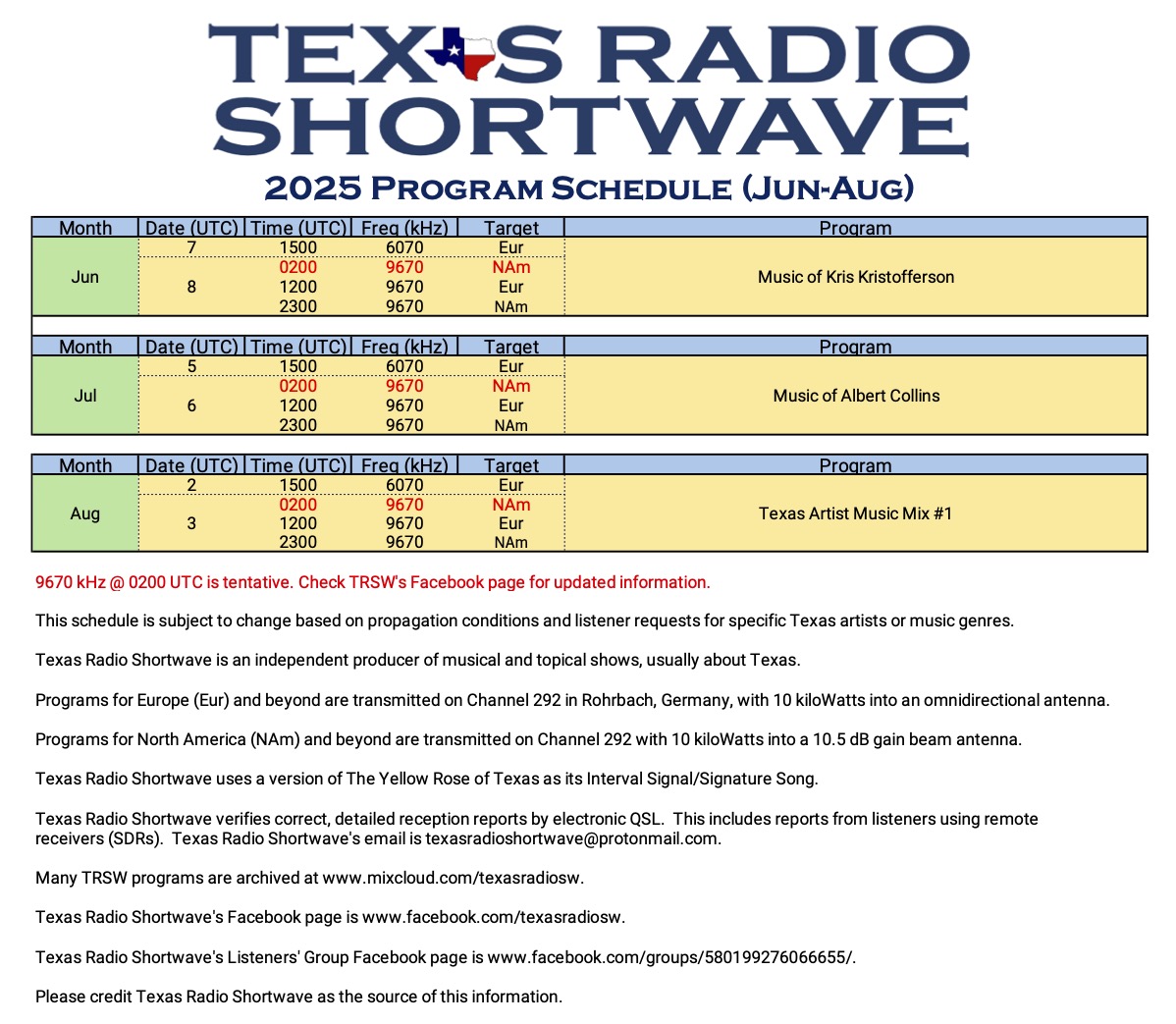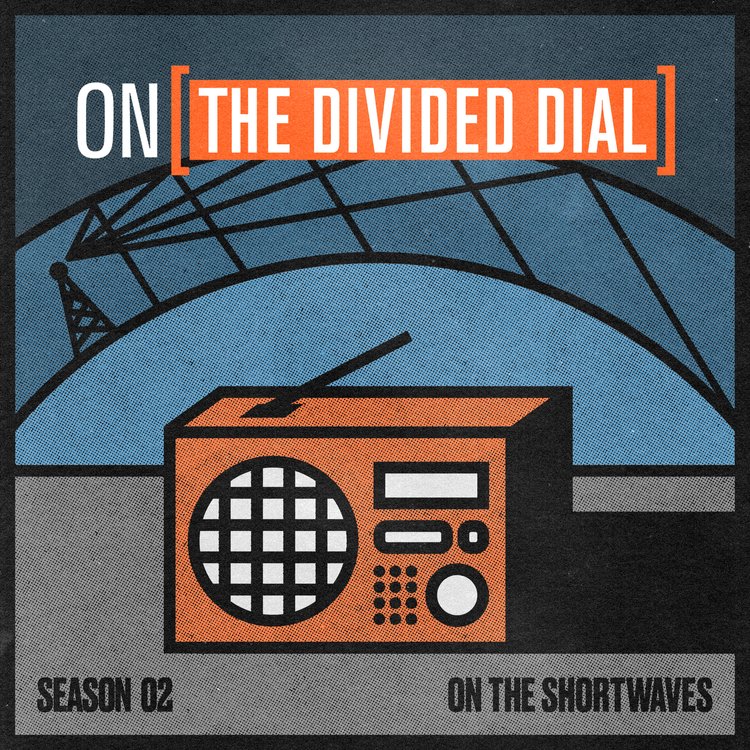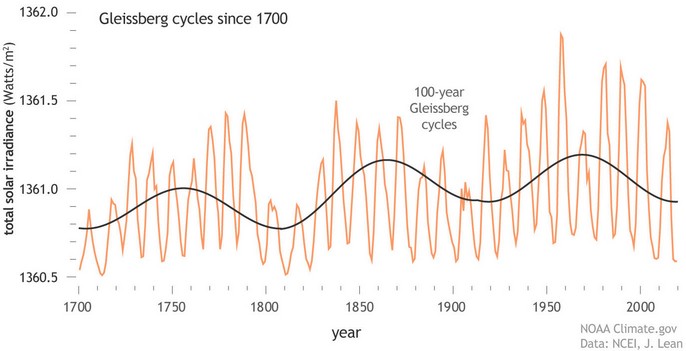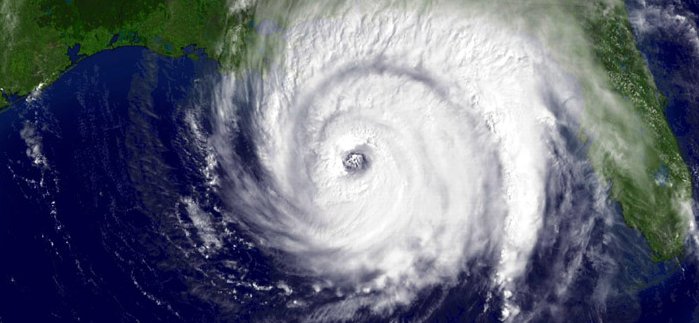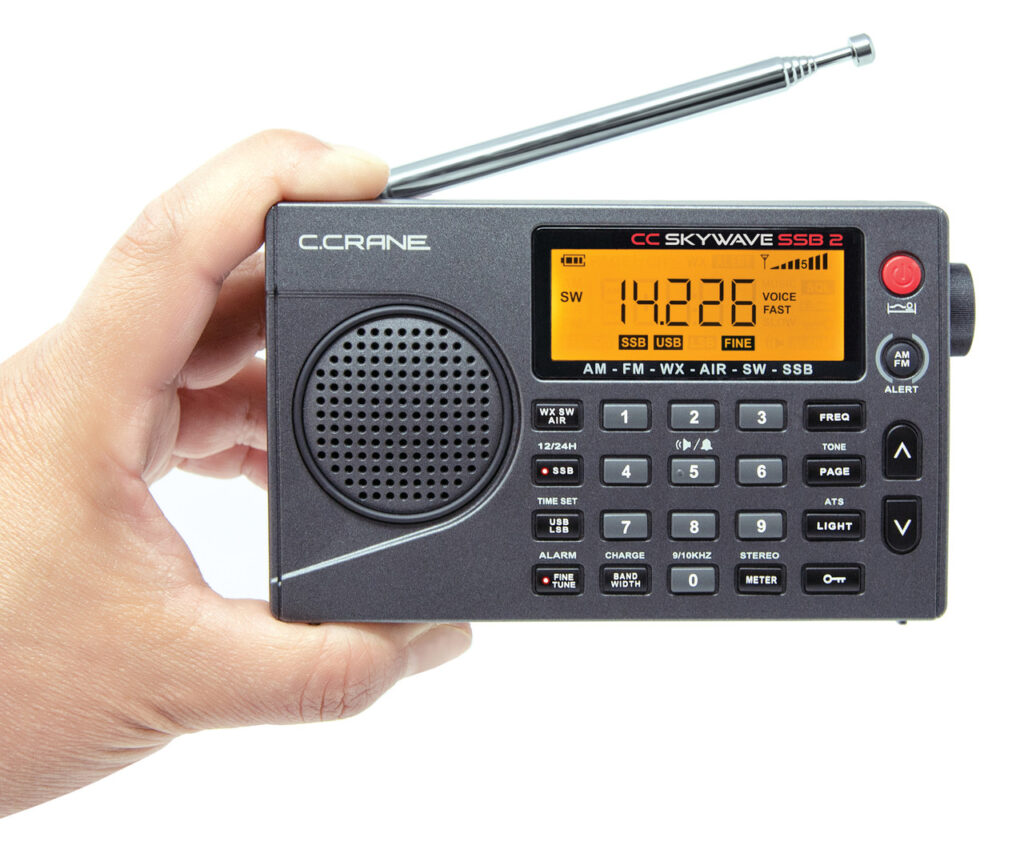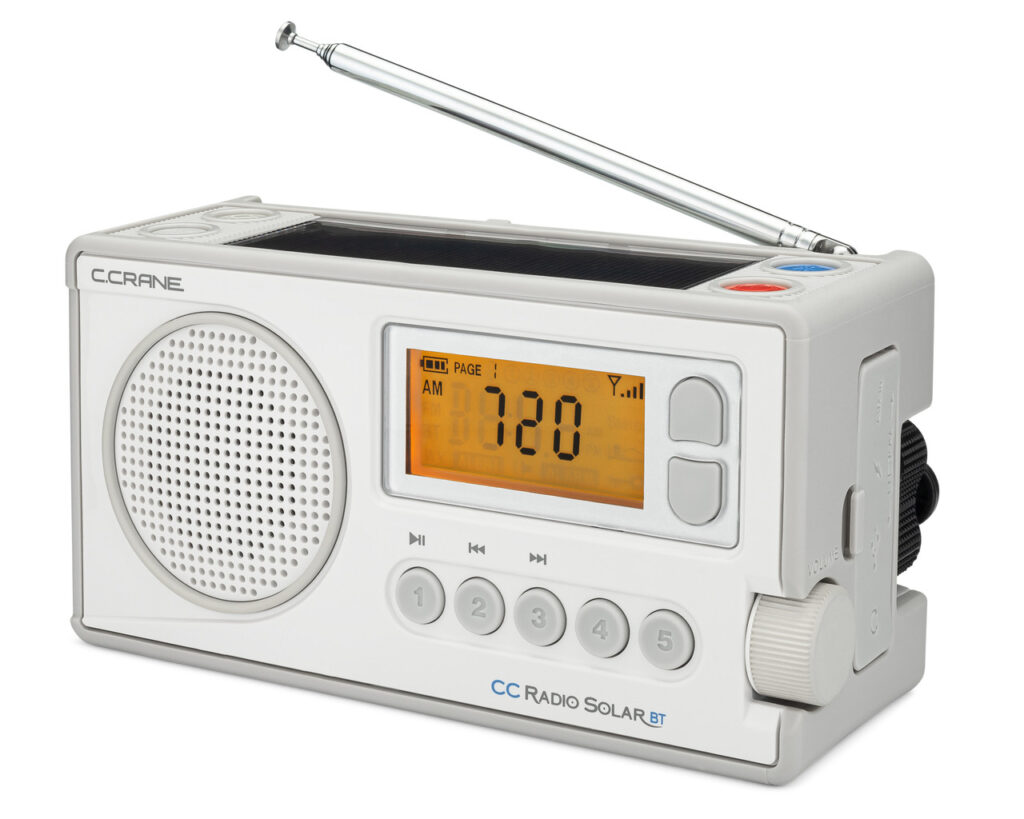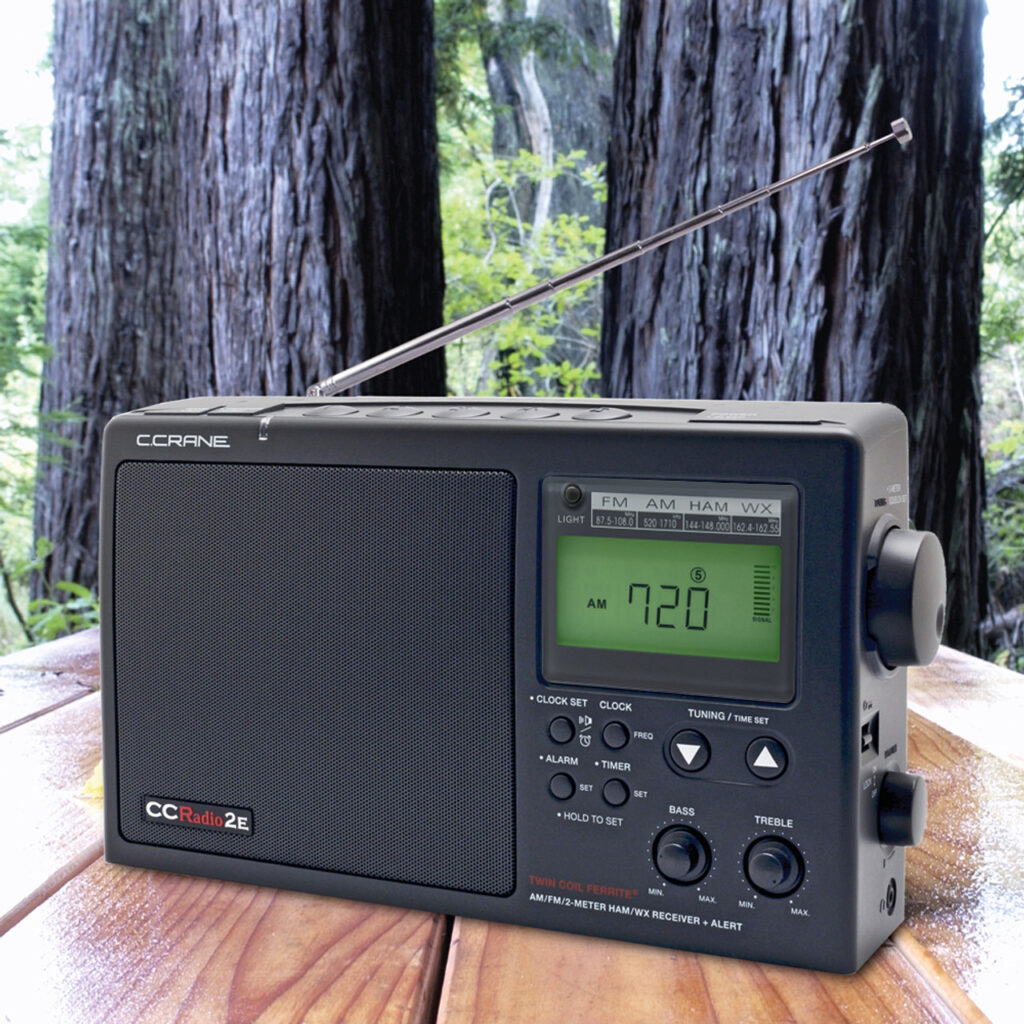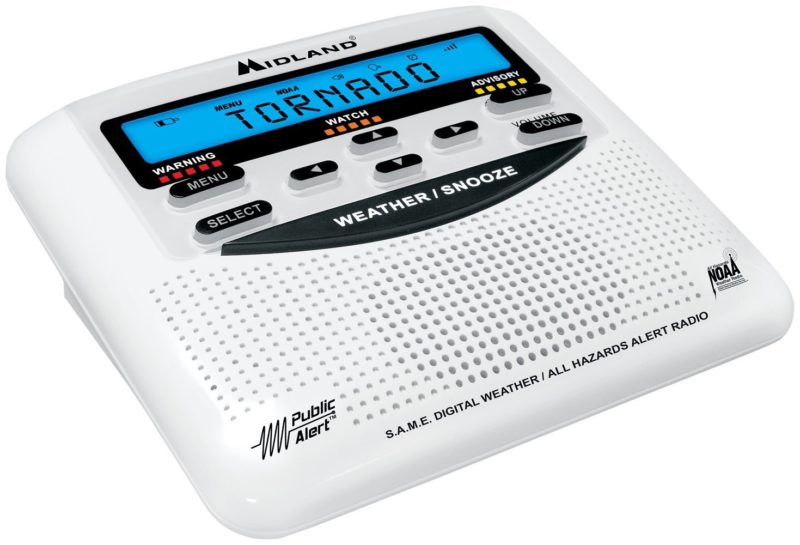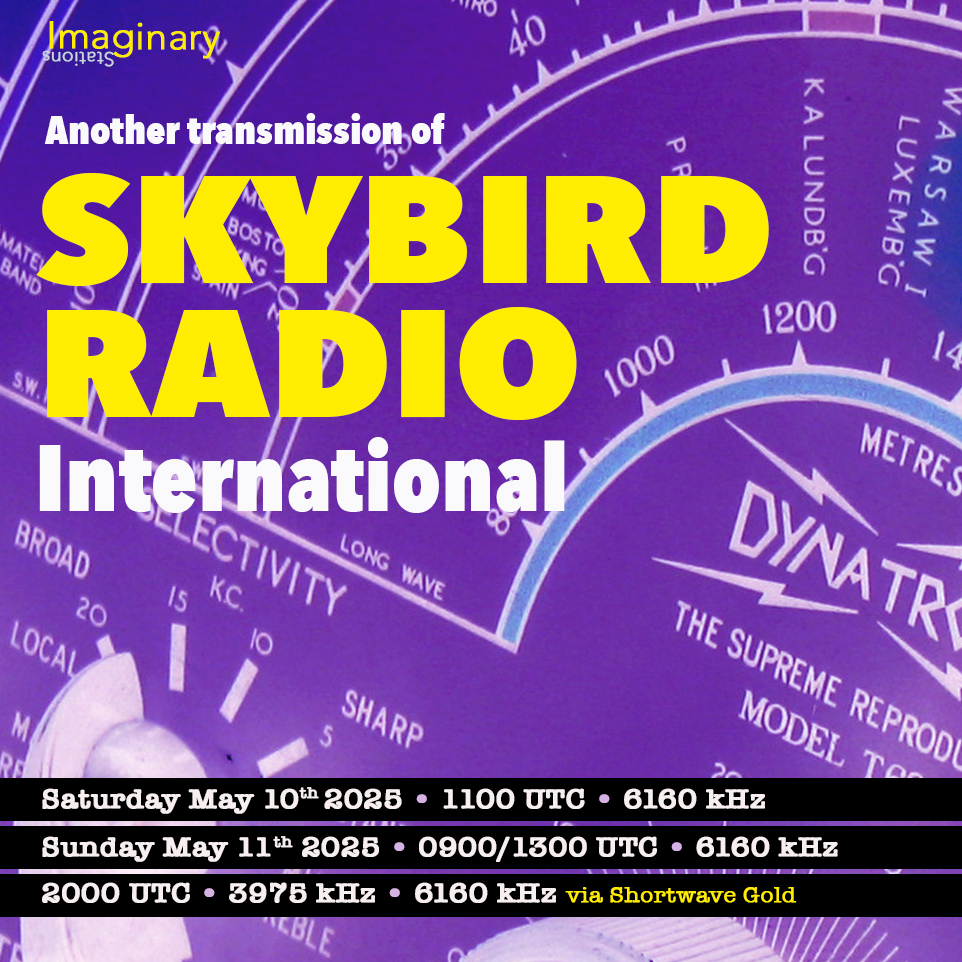Many thanks to SWLing Post contributor Terry (N5RTC), who shares the following schedules for Texas Radio Shortwave (click here for a printable PDF):
Katie Thornton’s New Series Investigates the Influence of Shortwave Radio
Award-winning journalist Katie Thornton has launched a new season of the Peabody-winning podcast, The Divided Dial, produced by On the Media and WNYC Studios. In this season, Katie focuses on shortwave radio—a medium that is near and dear to our hearts.
In Episode 1, “Fishing In The Night”, Thornton explores the international ambitions and shadowy past of shortwave broadcasting. The episode features our friend and resident Shortwaveologist, David Goren, who shares rich insights on the cultural and political influence of the shortwave dial.
Listen & Follow the Series:
- Katie Thornton’s Official Series Page (includes background and future episode info)
- Listen on WNYC Studios
- Also available on your favorite podcast app (Apple Podcasts, Spotify, NPR, etc.)
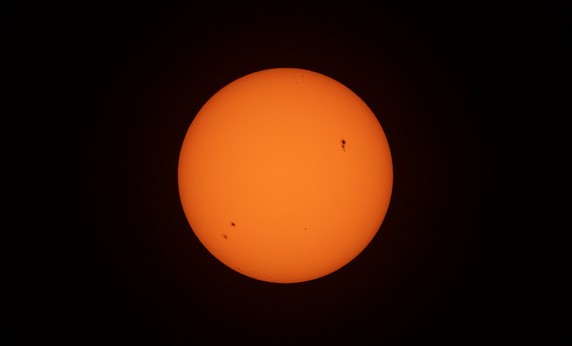
A New Solar Cycle Wrinkle
An interesting article caught my attention on spaceweather.com concerning new research on what is called the Gleissberg Cycle. Interested? Read on!
THE COUNTER-INTUITIVE QUIET CONTINUES: Big sunspots usually produce big solar flares. Giant sunspot 4079 is an exception to the rule. All week long, it has been strangely quiet, producing only a handful of puny C-class solar flares. If the quiet continues for a few more days, the behemoth sunspot will rotate off the sun’s western limb without having caused any significant space weather. Solar flare alerts: SMS Text
THE CENTENNIAL GLEISSBERG CYCLE: If you’ve been enjoying the auroras of Solar Cycle 25, we’ve got good news. The next few solar cycles could be even more intense–the result of a little-known phenomenon called the “Centennial Gleissberg Cycle.”
You’ve probably heard of the 11-year sunspot cycle. The Gleissberg Cycle is a slower modulation, which suppresses sunspot numbers every 80 to 100 years. For the past ~15 years, the sun has been near a low point in this cycle, but this is about to change.
New research published in the journal Space Weather suggests that the Gleissberg Cycle is waking up again. If this is true, solar cycles for the next 50 years could become increasingly intense.
“We have been looking at protons in the South Atlantic Anomaly,” explains the paper’s lead author Kalvyn Adams, an astrophysics student at the University of Colorado. “These are particles from the sun that come unusually close to Earth because our planet’s magnetic shield is weak over the south Atlantic Ocean.”
Above: The South Atlantic Anomaly (blue) is a weak spot in Earth’s magnetic field where particles from the sun can come relatively close to Earth [more]
For more details, go to spaceweather.com
Emergency radio? You bet!
By Jock Elliott, KB2GOM
Recently, this blog featured great coverage of the use of battery-powered radios during the recent blackout in Europe.
It was a serious business: electric power, cell phone networks, internet, all gone in a moment, followed by an instant information vacuum. Battery-powered portable radios and local broadcasters with backup power came to the rescue, providing information as they could.
You can find the SWLing blog coverage here:
- Pedro’s Report from Madrid During the Blackout
- Europe Blackout: Carlos’ Illustrated Radio Listening Report and Numerous Posts Praising Radio
And when Hurricane Helene slammed western North Carolina and eastern Tennessee, radio was an invaluable resource. It was two-way radio, but the point remains the same: radio can be of great help when the lights go out.
So, here’s the upshot: when the lights go out, the cellphone is mute, and the internet is down, you need a means of gathering information so you can figure out what’s going on and what actions you might need to take . . . and that means of gathering information would be a battery-powered radio capable of – at a bare minimum – receiving your local broadcasters on medium wave and/or FM, and, if you live in North America, also capable of receiving weather radio.
My strong personal preference is for radios that can be powered by standard-size (like AA, AAA, and D cells), off-the-shelf, readily-available, consumer-grade, non-proprietary batteries. Why? Because, during a long-duration emergency, when my standard-size rechargeable cells run out of juice, I can drop in some off-the-shelf alkalines and keep using my radio.
With that in mind, here are three radios that I like. All three deliver worthy performance on AM, FM and weather bands (and sometimes additional bands) and can be powered by off-the-shelf batteries. I have used all three over extended periods and can recommend them without reservation.
CCrane Skywave SSB 2
The CCrane Skywave SSB 2 is a radio that brings a lot of capabilities in a diminutive package (3” W x 4.75” H x 1.1” D). It can receive: AM: 520 – 1710 kHz (10 kHz Steps), AM: 522 – 1620 kHz (9 kHz Steps – International), FM: 87.5 – 108 MHz (Regular Mode), FM: 76 – 108 MHz (When 9kHz is Selected), Shortwave: 1711 – 29999 kHz, (Includes SSB Fine Tuning in increments of 10Hz, providing the ability to listen to long-distance ham radio communications), Aviation: 118 – 137 MHz with scan capabilities, and Weather Band with alert capabilities.
It will run for about 65 hours on a pair of AA batteries. It comes with an adapter that can be used to connect to a long-wire antenna for improved reception of shortwave and SSB signals.
The CCrane Skywave SSB was the first radio I purchased when I got back into shortwave listening, and I have employed it to monitor AM, FM, ham communications, air band, and weather alerts. It is a pint-sized powerhouse that delivers a ton of versatility, and I really enjoy using it.
CCRadio SolarBT
The CCRadio SolarBT measures 6 inches wide by 3 inches high by 2.5 inches deep and weighs just a bit over a pound with batteries installed. The CCradio SolarBT can receive AM (MW) band from 520 to 1710 kHz, FM from 87.5 to 108 MHz (76-108 MHz in expanded mode), and 7 NOAA Weather Radio channels from 162.400 MHz to 162.550 MHz. In my opinion, it provides a step up in performance on the AM, FM, and weather bands.
What really sets the SolarBT apart is the flexibility of powering it. There are five options: (1) an 18650 Li-ion 3.7 volt rechargeable battery which provides around 50 hours of playing time (the manual advises fully charging the internal battery before use), (2) 3 AA batteries (not included, but good for about 40 hours of playing time. Don’t use Lithium batteries, the manual warns.), (3) a 110 mA solar panel (park the radio in a sunny window to keep it trickle charged), (4) a wind-up dynamo generator (300-500 mA at about two rotations per second. 90 seconds of winding will power the radio for 8-13 minutes or will charge your cell phone enough to make a few quick calls), or (5) a 5-volt DC, 1000 mA micro USB cable or optional AC adapter.
To quote from my original review of the SolarBT: “The SolarBT may be small, but, in my opinion, it punches above its weight and provides excellent sensitivity for its size on the AM, FM, and weather bands. You might buy it as an emergency radio, but my guess is that you will soon discover the joy of DXing with it.”
CCRadio 2E
The CCRadio 2E is large – 11″ W x 6.5″ H x 4″ D – but very capable. The CCrane company calls the 2E its “flagship,” and I can see why: in my experience, the 2E delivers exceptional performance in receiving AM, FM, and NOAA Weather Band with Weather Alert. In addition, it can also receive the 2-Meter Ham Band, which could be a vital source of useful information during an emergency.
In normal operation, the 2E can run off house power. But when the electricity goes off, it switches automatically to four internal alkaline D cells (user supplied), which offer roughly 170 hours of operation at a moderate volume level with the display light and weather alert feature off.
When my sister-in-law admitted that she didn’t have an emergency radio, I gave her a 2E. Why? Well, in part because of the exemplary performance, in part because of the long duration on batteries, and in part because it operates much like a car radio. I found her favorite stations, stored them, selected the strongest weather station, and also found and stored the local ham repeaters. Then I explained it to her: “Press this button to turn it on, this button to select the band you want, then press the buttons on top to select the station you want.” Easy-peasy.
The 2E isn’t just an excellent emergency radio, it’s a really great general purpose radio that will please habitual radio listeners and delight DXers who hunt for distant stations.
What if . . .
I can almost hear what you are thinking: ‘Yes, that is all well and good, but what if I already have a radio that I really like that runs on rechargeable batteries?”
Fair enough. My answer would be: buy some additional batteries that fit your radio, charge them up, and make sure that you keep them topped up from time to time.
And if your favorite radio does not receive NOAA weather band and you live in North America, get yourself a dedicated weather radio to fill in the gap. I own and can recommend the Midland WR120 Weather Alert Radio. It offers excellent performance and very sophisticated alert programming options.
So get yourself prepared, radiowise, for the next emergency . . . and enjoy your radios in the meantime!
VOA and OAN Partnership Draws National Attention
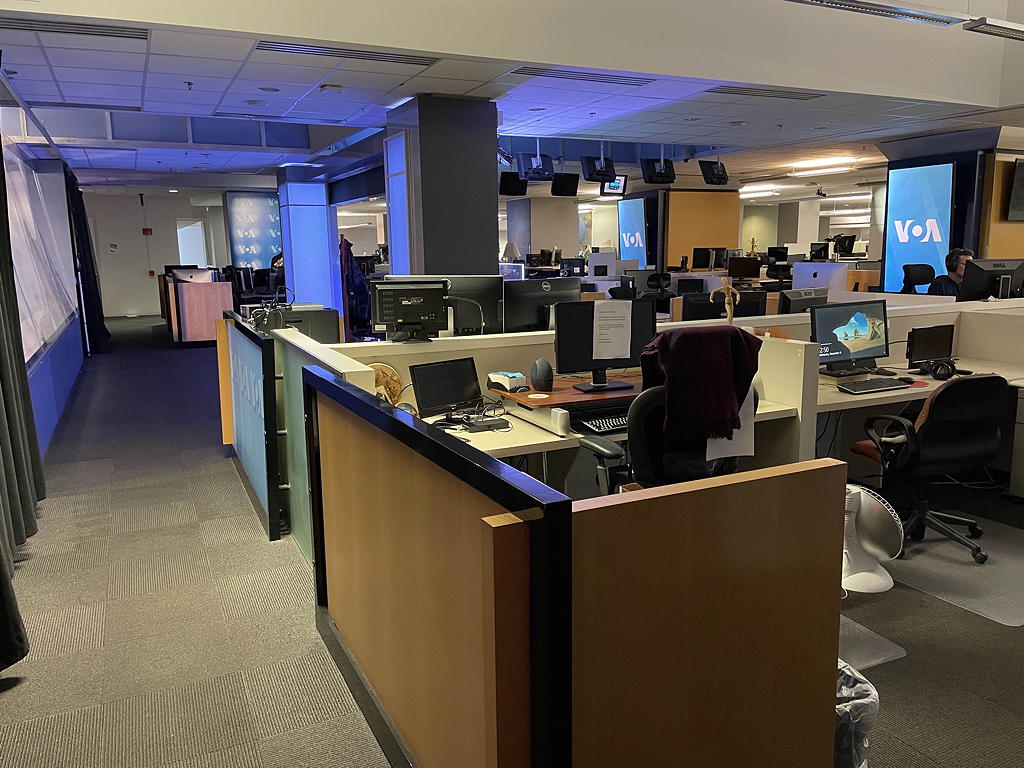 The U.S. Agency for Global Media (USAGM) has announced a new partnership wherein Voice of America (VOA) will incorporate content from One America News Network (OAN), a media outlet known for its conservative perspective. This decision, introduced by USAGM senior adviser Kari Lake, aims to provide VOA with additional news resources at no cost. The move has sparked discussions regarding VOA’s commitment to impartial journalism, as outlined in its charter. While proponents highlight potential cost savings and expanded content offerings, critics express concern over the implications for VOA’s editorial independence. This development follows recent operational changes at VOA, including staff reductions and legal challenges concerning its governance.
The U.S. Agency for Global Media (USAGM) has announced a new partnership wherein Voice of America (VOA) will incorporate content from One America News Network (OAN), a media outlet known for its conservative perspective. This decision, introduced by USAGM senior adviser Kari Lake, aims to provide VOA with additional news resources at no cost. The move has sparked discussions regarding VOA’s commitment to impartial journalism, as outlined in its charter. While proponents highlight potential cost savings and expanded content offerings, critics express concern over the implications for VOA’s editorial independence. This development follows recent operational changes at VOA, including staff reductions and legal challenges concerning its governance.
For more detailed information, you can refer to the following articles:
- NPR: Kari Lake says OAN’s far-right coverage will fuel Voice of America
- Fox 4: Trump administration will provide programming from conservative network OAN for Voice of America
- The Washington Post: Voice of America will carry One America News programming
- The Hill: Voice of America, One America News partnership
- The Guardian: ‘Maduro did not close our bureau – Trump did’: Voice of America journalists speak out
- CNN: Voice of America, One America News partnership
- U.S. News: Right-wing One America News to provide newsfeed to Voice of America
- Wikipedia: One America News Network
Note that, at time of posting (May 7, 2025 20:45 UTC), there has been no official USAGM press release (click here to check).
2025 Checkered Flag Award: W9IMS Grand Prix Special Event Now Underway
Make the Month of May Even Merrier: Earn Your First Credit Toward the 2025 Checkered Flag Award
By Brian D. Smith, W9IND
Never mind the old saying about April showers bringing May flowers. In Indianapolis, the month of May ushers in auto racing season, with two major events scheduled at the Indianapolis Motor Speedway.
It’s also the start of your opportunity to earn the latest Checkered Flag Award, available to hams and shortwave listeners who connect with amateur radio station W9IMS during its three special events of 2025. The events commemorate major races at the legendary oval: The Indy Grand Prix and the Indianapolis 500, both from the IndyCar series; and the NASCAR Brickyard 400.
But don’t delay – the first event, now underway, will pull the plug at 11:59
p.m. Saturday, May 10 (Eastern Time)/0359 UTC Sunday.
Nine days later, W9IMS will return to the airwaves for its ever-popular Indy 500 special event. Following its May 25 conclusion, the transmitters will cool for a couple of months until the final special event of the year (July 21-27), honoring the NASCAR Brickyard 400.
Prime time for W9IMS is 6 to 10 p.m. Eastern Time (2200 Saturday-0200 Sunday UTC) on weekdays, sometimes extending to midnight (0400 GMT Sunday) and beyond, and the bands of choice are 40 and 20 meters – generally on or around 7.245 and 14.245 MHz. But QRM and other adversities can prompt changes in frequencies. To eliminate guesswork, check for W9IMS spots on DX Summit (www.dxsummit.fi) and eHam (www.eHam.net).
Also, while W9IMS can fire up anytime between now and its final Saturday signoff, you’ll have a better chance of finding active stations by going to the W9IMS QRZ page (www.w9ims.com) and clicking the Grand Prix link under “2025 Operating Schedule” – which displays the time slots that operators have already signed up for. The same page contains additional information regarding the W9IMS QSL cards and certificate.
For radio amateurs who still haven’t bagged W9IMS by Saturday evening, note that toward the end of the event, operators often start limiting calls to stations that haven’t yet worked the current special event. Another tip is to drop in for happy hour, the last hour of the last day – in this case, 11 p.m. Saturday (0300 UTC Sunday). That’s when W9IMS ops traditionally switch to contest-style QSOs, exchanging only signal reports so they can log as many stations as possible. But remember, too, that W9IMS special events can end early in the event of sparse QSOs or unfavorable solar or weather conditions.
And a final tip for hams: If you can hear W9IMS but can’t complete a QSO in the waning moments, don’t despair. You can still create an SWL report by jotting down the details of other W9IMS contacts – including frequency, UTC, and the callsigns of a few stations that you heard W9IMS work. A valid report satisfies the requirements for a Grand Prix QSL card and the first of three credits for a certificate. SWL certificates feature names instead of callsigns but are otherwise indistinguishable from awards issued to amateur radio operators.
Whether or not you achieve the clean sweep this year, you’ll qualify for a new and unique QSL card with each race that you snare. But don’t give up yet – you still have several days left to put the Grand Prix in your log and claim your first credit toward the 2025 Checkered Flag Award.
More international shortwave radio sounds
Greetings to all SWLing Post readers from all the Imaginary Stations crew. This week we bring you more programmes featuring the international onshore/offshore pirate radio sounds of Skybird Radio International.
Get your shortwave radio ready for an audio journey on Saturday 10th May 2025 at 1100 hrs UTC on 6160 kHz and then again for Sunday 11th May 2025 at 0900/1300 hrs UTC on 6160 kHz and at 2000 UTC on 3975 kHz and 6160 kHz via the services of Shortwave Gold.
There are no passports, travel documents or holiday protection needed for the broadcasts that feature sounds from around this glorious globe of ours. Expect all sorts of musical goodness and tunes you may not be familiar with, but ones that’ll bring a smile to your face and possible be future earworms. Tune in and enjoy what this musical world offers us.
On Wednesday 14th May 2025 via WRMI at 0200 UTC we’ve more of the international musical business from Skybird Radio International again with a show pulled out from our extensive archives kept in a digital leather suitcase with stickers on it.
More on the Skybird Radio International here:
For more information on all our shows, please write to [email protected] and check out our old shows at our Mixcloud page here.
FastRadioBurst 23

